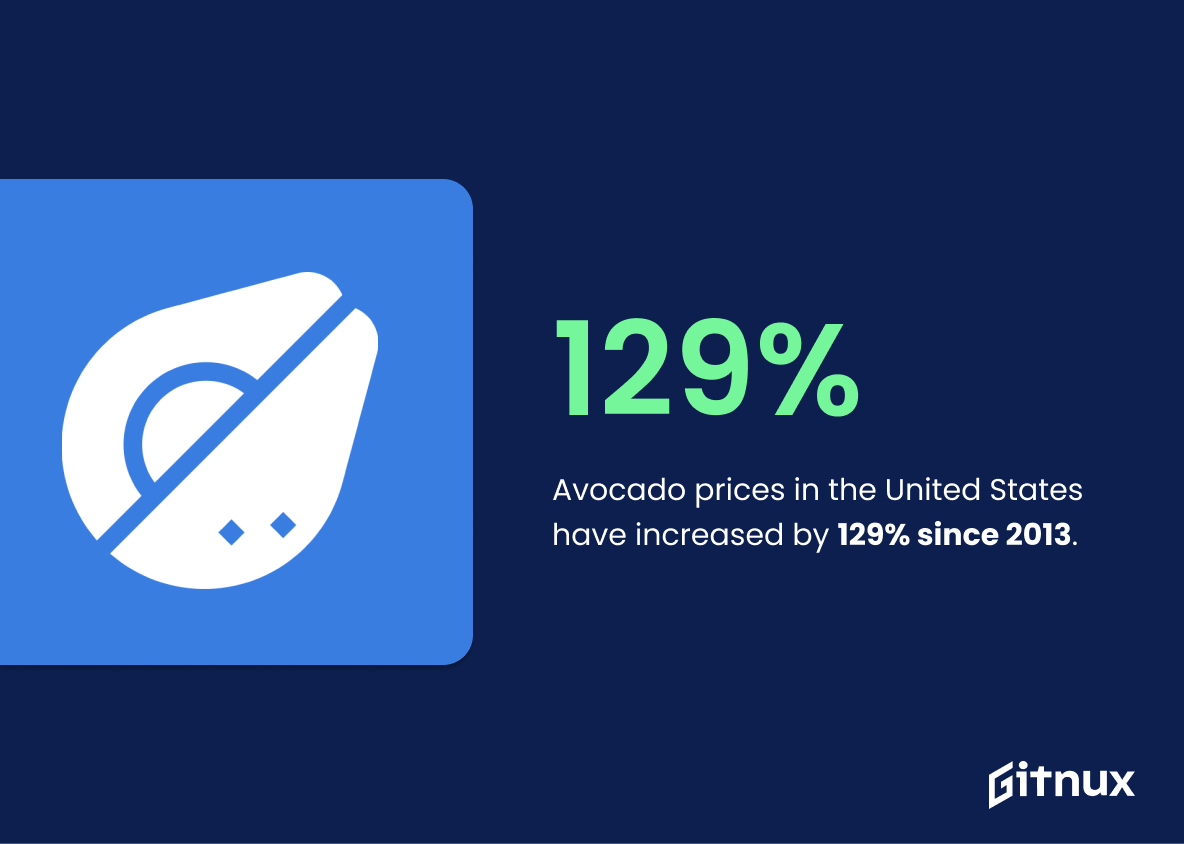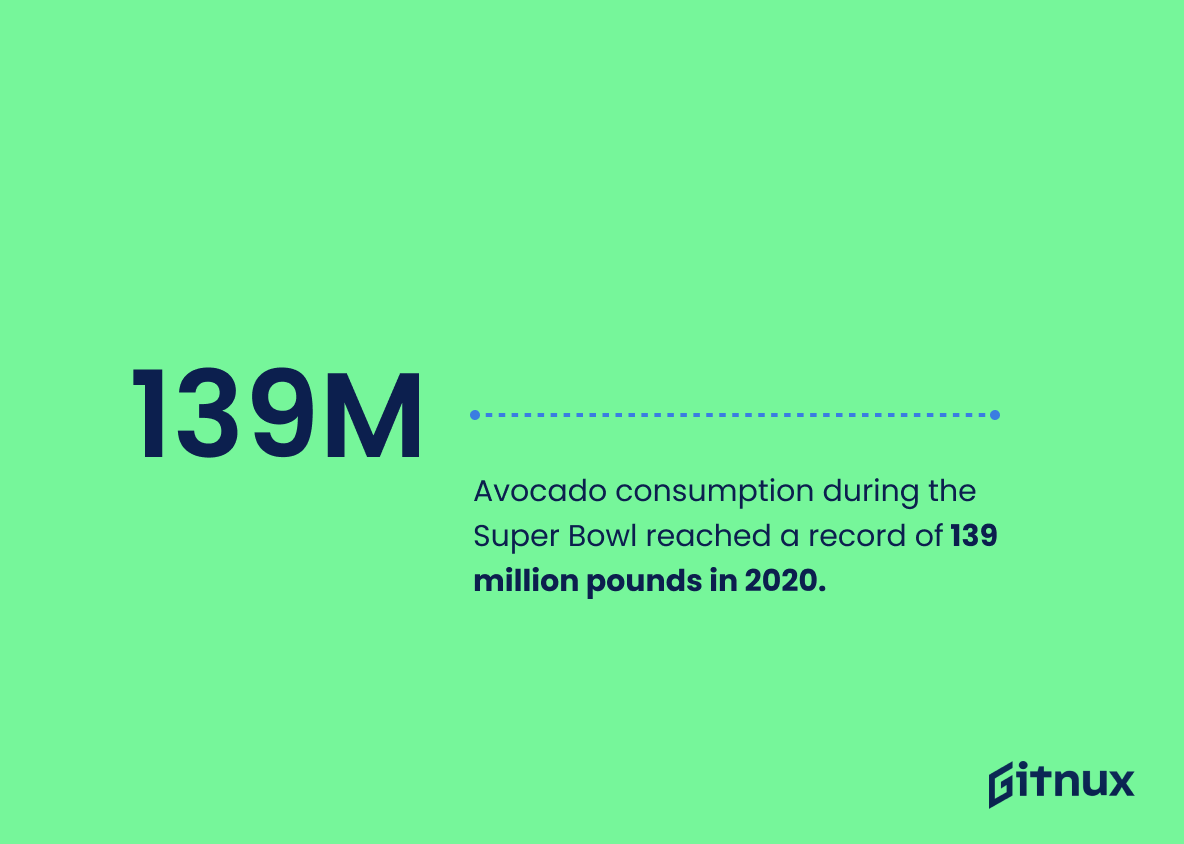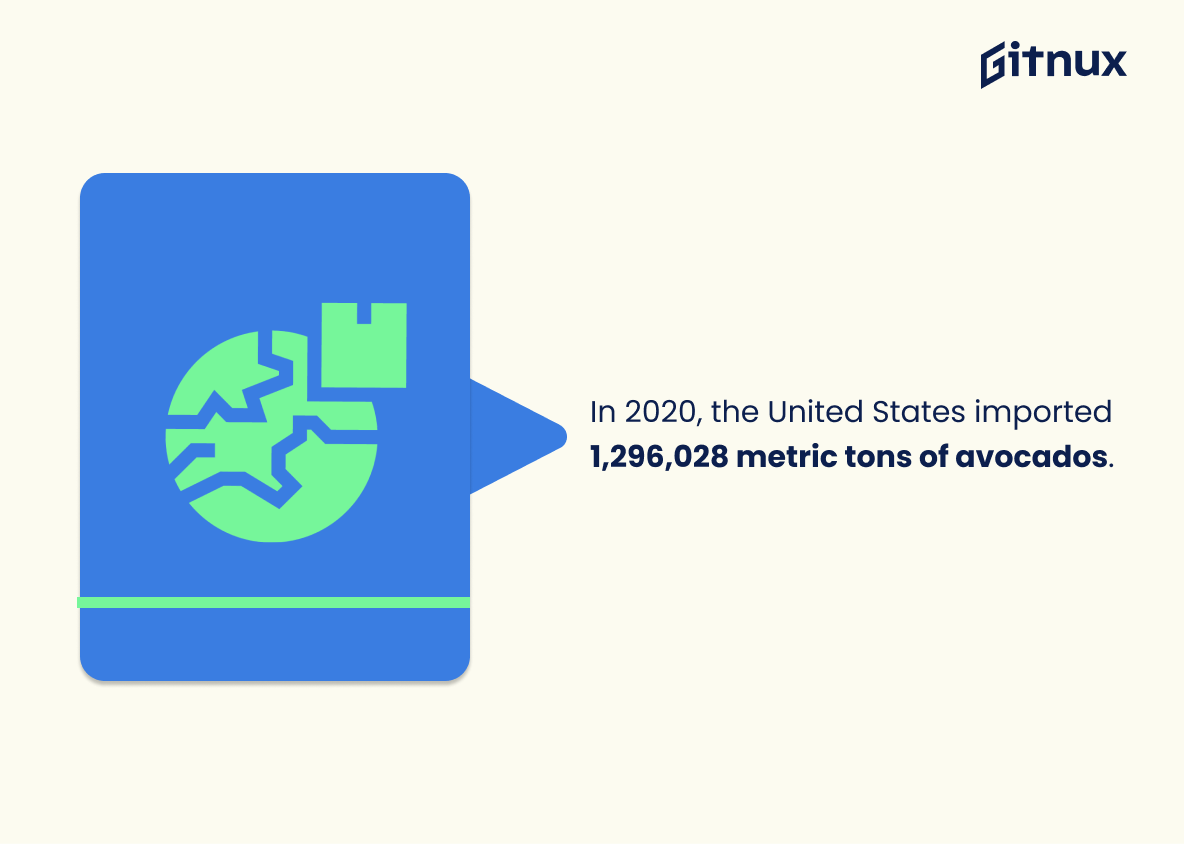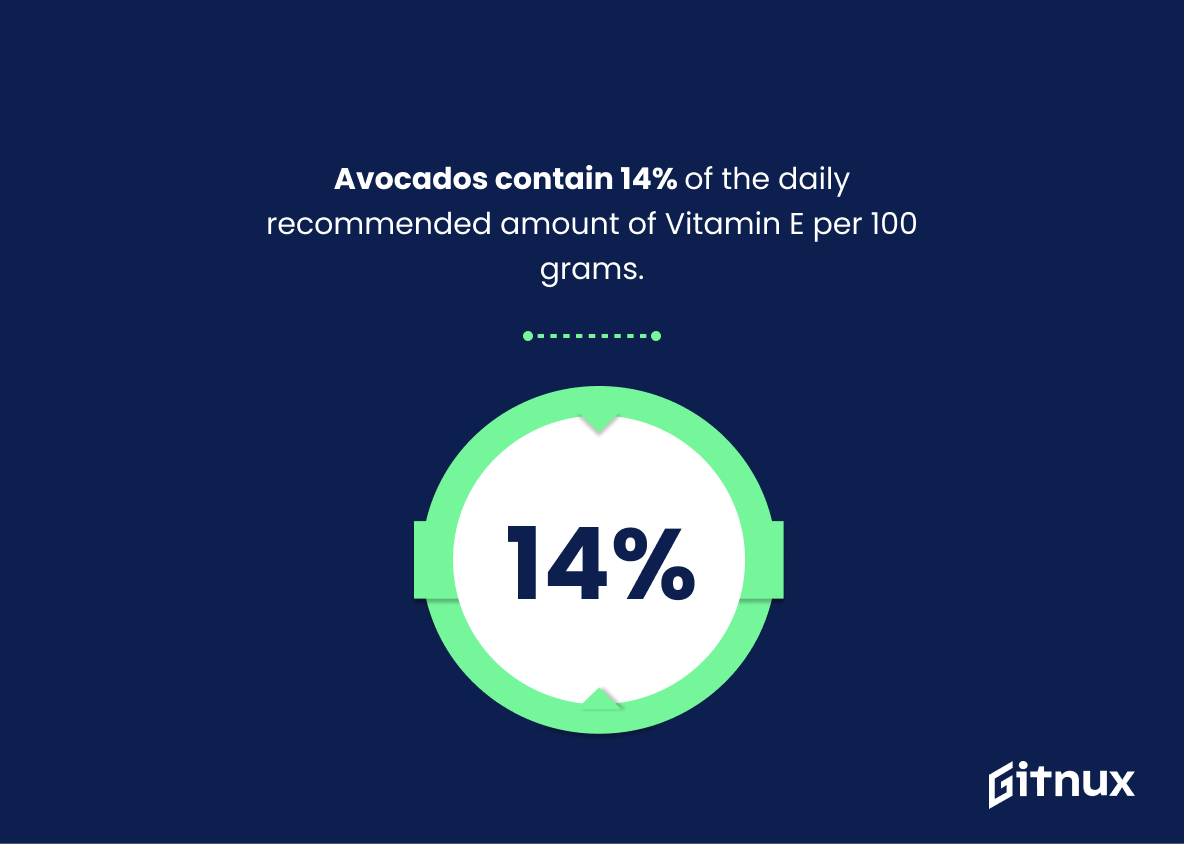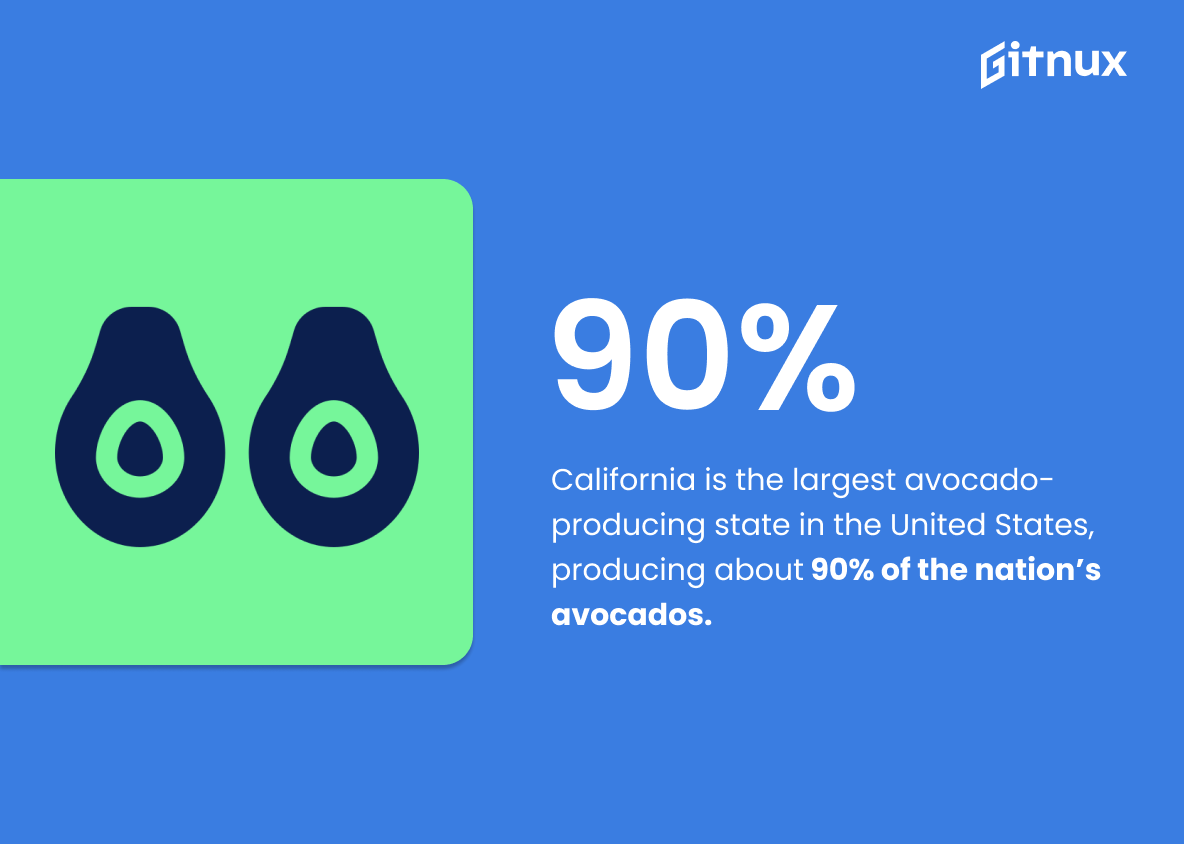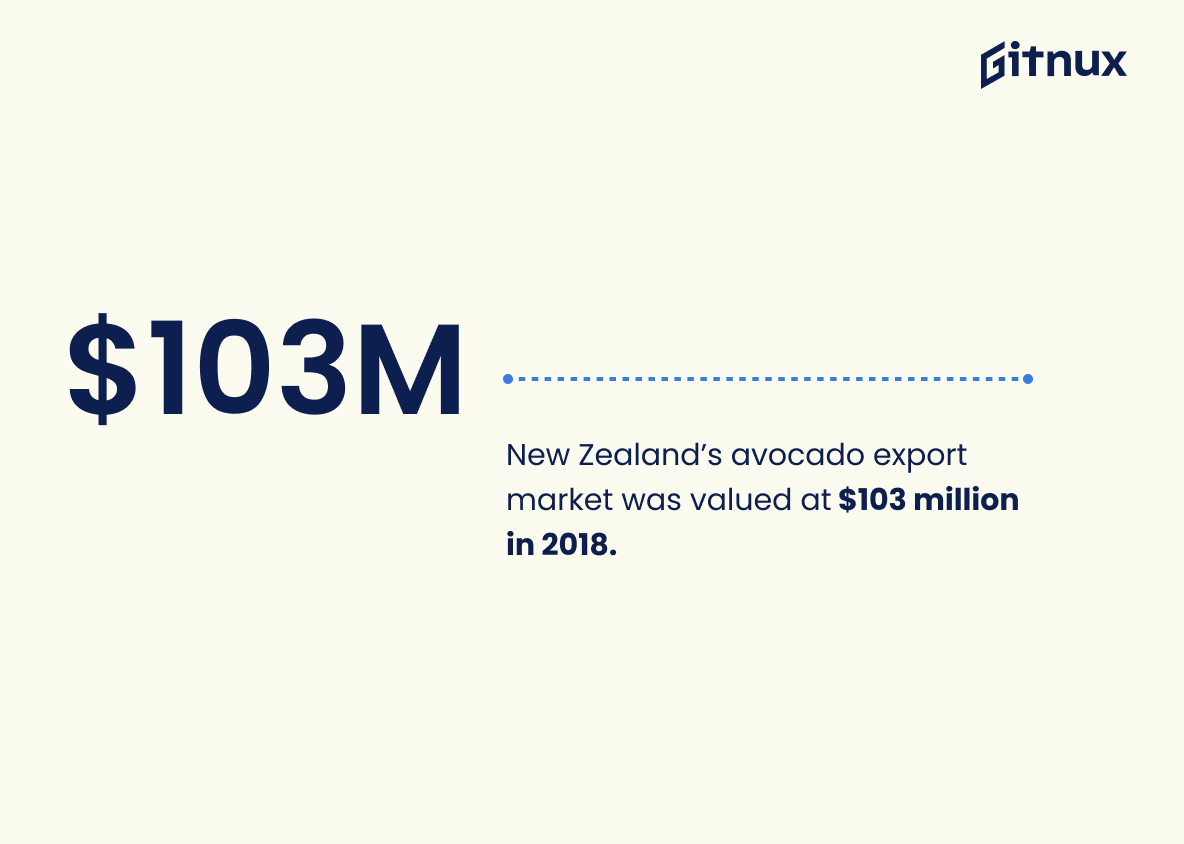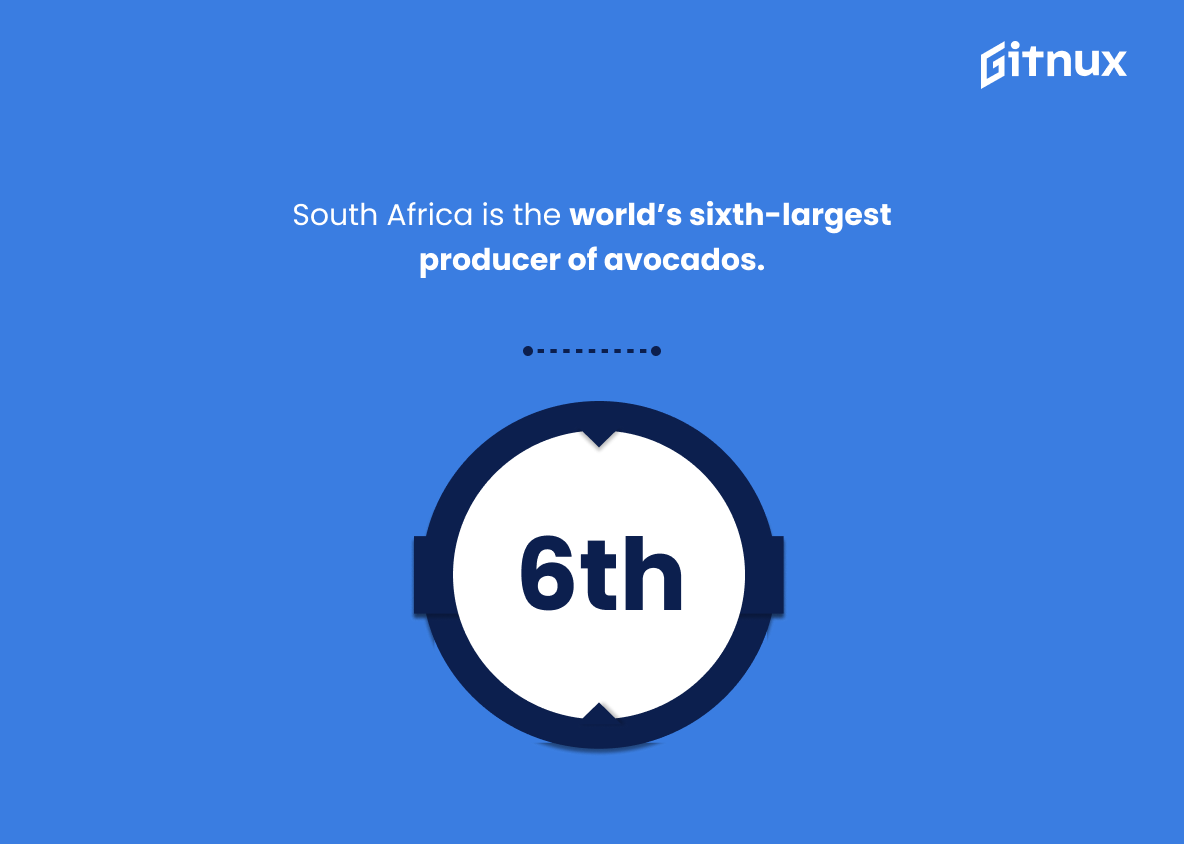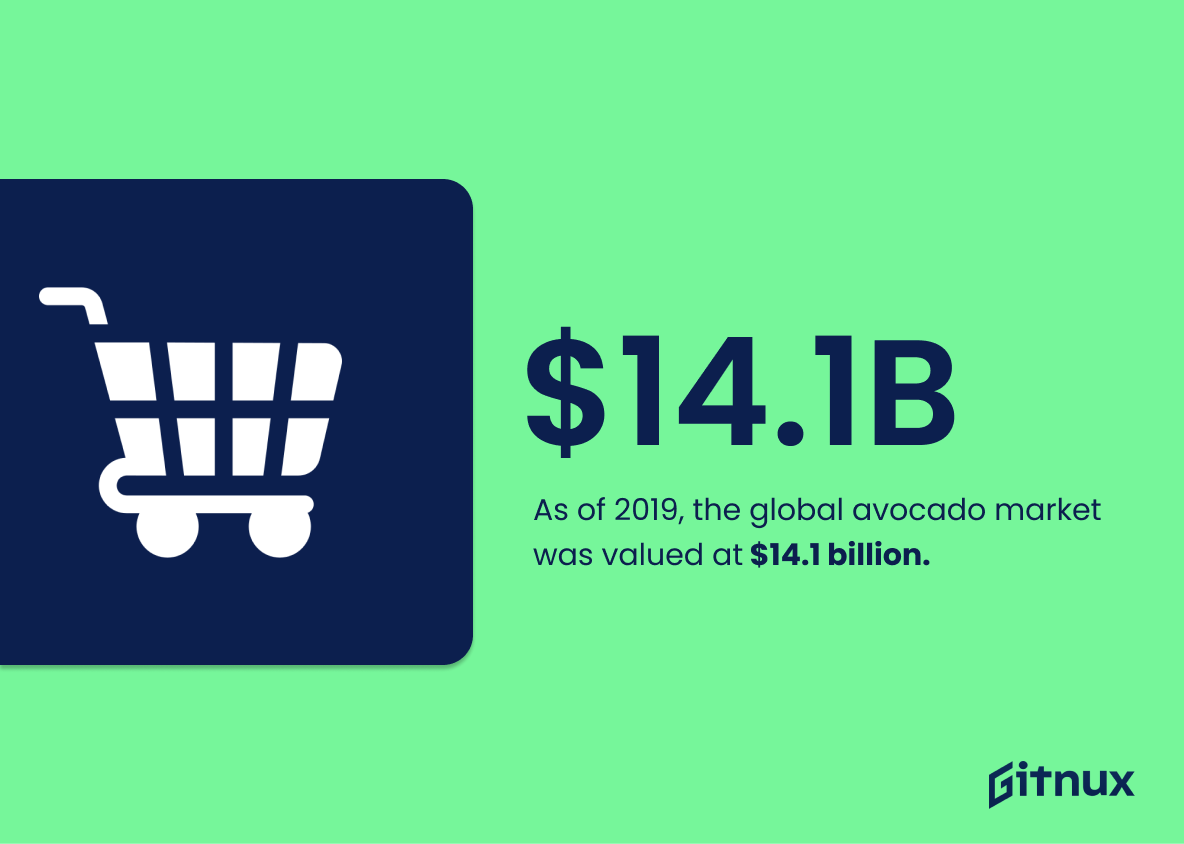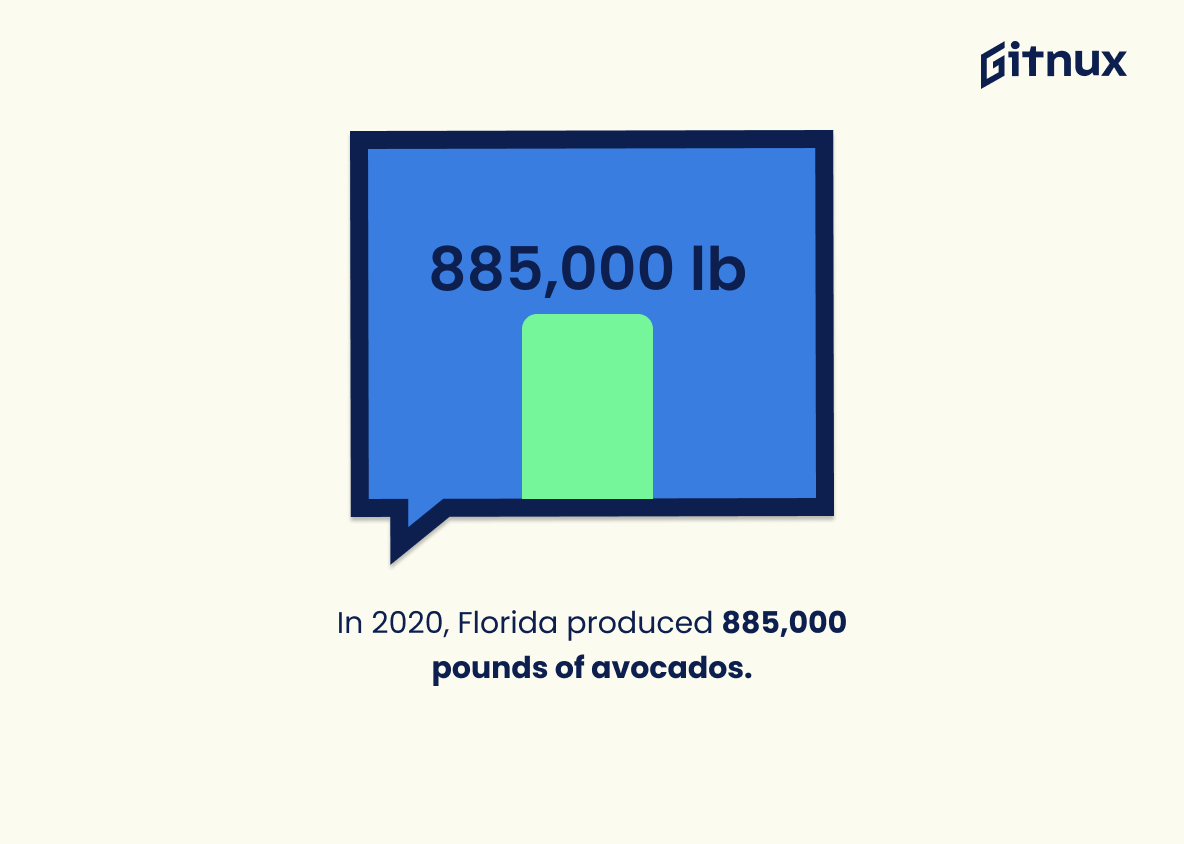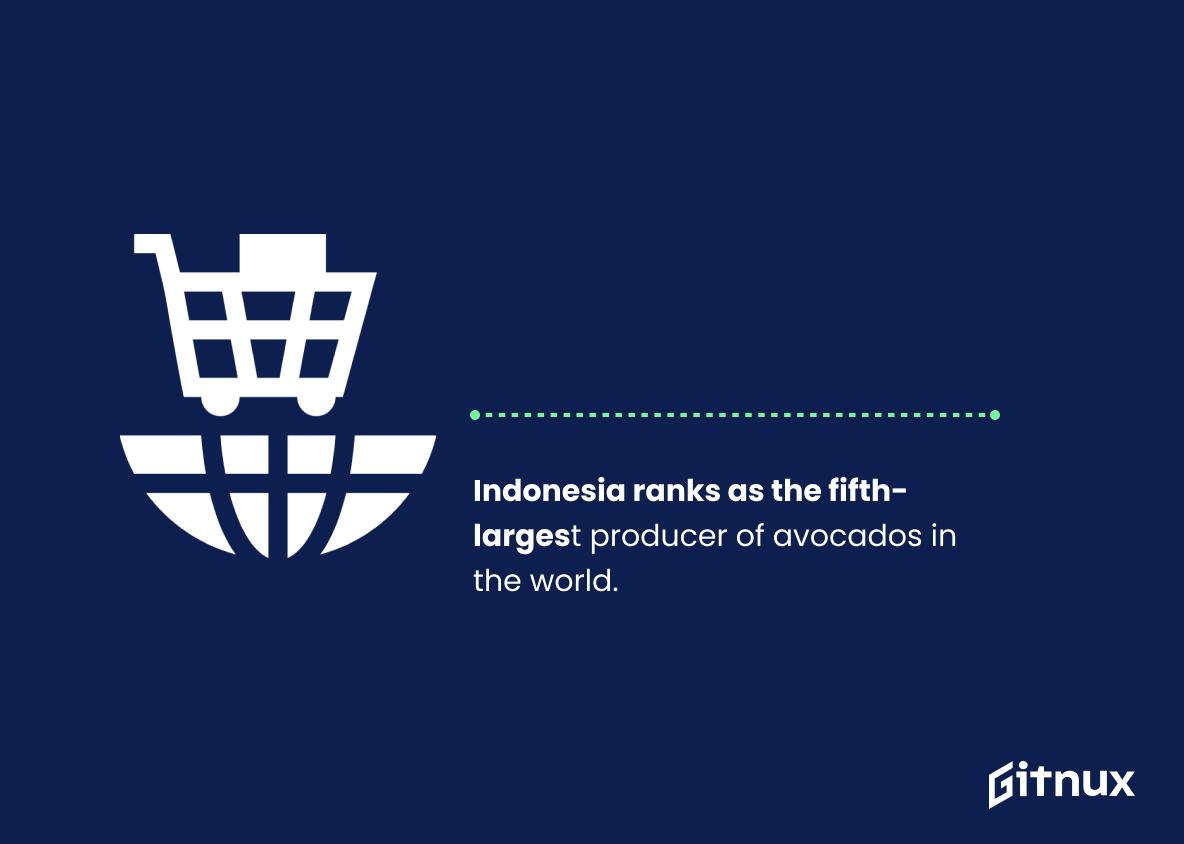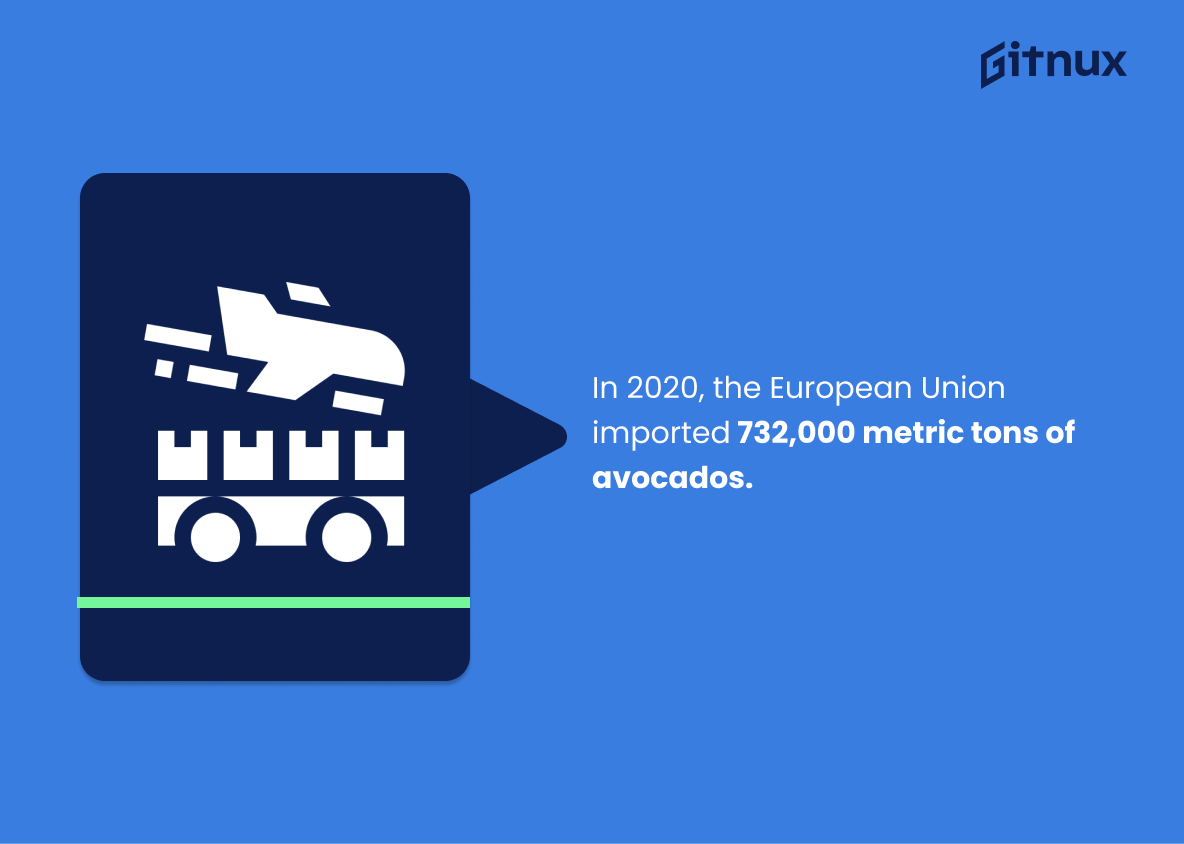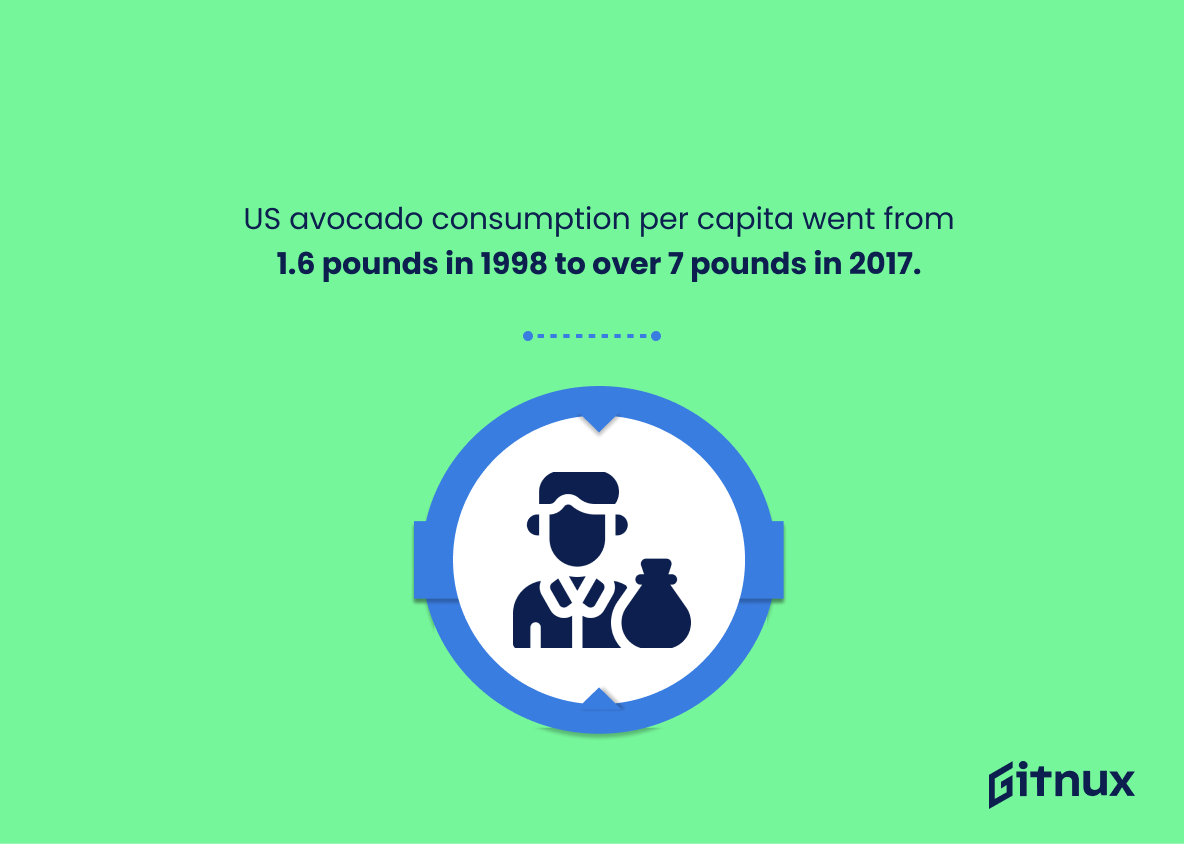Avocados are a popular and nutritious fruit that is consumed around the world. From Mexico to New Zealand, avocados have become an important part of many diets. In this blog post, we will explore some interesting avocado statistics from different countries across the globe. We’ll look at production levels, export numbers, consumption rates and more. So let’s dive in and learn about how much of an impact avocados have had on our lives today.
Avocado Statistics Overview
Avocado prices in the United States have increased by 129% since 2013.
This statistic is a testament to the growing popularity of avocados in the United States. It shows that the demand for avocados has increased significantly over the past few years, and that the prices have followed suit. This is an important indicator of the avocado industry’s success and a sign of the fruit’s increasing popularity.
Avocado exports from Mexico have grown from 328,982 metric tons in 2010 to 1,073,363 metric tons in 2019.
This statistic is a testament to the incredible growth of the avocado industry in Mexico over the past decade. It shows that the country has become a major player in the global avocado market, with exports increasing by more than threefold in just nine years. This is a remarkable achievement and speaks to the success of the Mexican avocado industry.
Avocado consumption during the Super Bowl reached a record of 139 million pounds in 2020.
This record-breaking statistic is a testament to the immense popularity of avocados, especially during the Super Bowl. It shows that avocados are a highly sought-after food item, and that people are willing to go out of their way to get them for their Super Bowl celebrations. This statistic is a great example of how avocados have become a staple in many households, and it serves as a reminder of the importance of avocados in our diets.
In 2020, the United States imported 1,296,028 metric tons of avocados.
This statistic is a testament to the immense popularity of avocados in the United States. It shows that despite the pandemic, Americans still had a strong appetite for avocados, as evidenced by the large amount of imports. This statistic is a great indicator of the avocado industry’s success and its potential for growth in the future.
Avocados contain 14% of the daily recommended amount of Vitamin E per 100 grams.
This statistic is significant in the context of a blog post about Avocado Statistics because it highlights the nutritional value of avocados. It demonstrates that avocados are not only delicious, but also a great source of Vitamin E, which is essential for healthy skin, hair, and eyes.
California is the largest avocado-producing state in the United States, producing about 90% of the nation’s avocados.
This statistic is a testament to California’s dominance in the avocado industry. It highlights the state’s importance in the production of avocados, and serves as a reminder of the impact California has on the nation’s avocado supply.
Avocados have a water usage efficiency of 1,000 liters per kilogram.
This statistic is a testament to the remarkable water efficiency of avocados, demonstrating that for every kilogram of the fruit produced, only 1,000 liters of water are used. This speaks to the sustainability of avocados, making them an ideal choice for those looking to reduce their environmental impact.
New Zealand’s avocado export market was valued at $103 million in 2018.
This statistic is a testament to the immense value of New Zealand’s avocado export market. It highlights the fact that avocados are a lucrative commodity, and that New Zealand is a major player in the global avocado market. This statistic is a powerful reminder of the economic impact of avocados, and the potential for further growth in the industry.
Spain is the third-largest producer of avocados in the European Union.
This statistic is significant in the context of a blog post about Avocado Statistics because it highlights the importance of Spain in the European avocado market. It shows that Spain is a major player in the production of avocados, and that it is a key contributor to the European Union’s overall avocado production. This information can be used to inform readers about the importance of Spain in the avocado industry, and to provide insight into the European avocado market.
South Africa is the world’s sixth-largest producer of avocados.
This statistic is significant in the context of a blog post about Avocado Statistics because it highlights the importance of South Africa in the global avocado market. It shows that the country is a major player in the industry, and its production of avocados is significant enough to rank it among the top producers in the world. This is an important point to consider when discussing the global avocado industry.
As of 2019, the global avocado market was valued at $14.1 billion.
This statistic is a testament to the immense popularity of avocados, as it shows that the global avocado market is worth an impressive $14.1 billion. This figure is indicative of the fact that avocados have become a staple in many diets around the world, and that the demand for them is only increasing.
In 2020, Florida produced 885,000 pounds of avocados.
This statistic is a testament to the sheer abundance of avocados in Florida. It shows that the state is a major producer of the fruit, and that it is a major player in the avocado industry. This statistic is a great indicator of the importance of avocados in Florida, and it is an important piece of information for anyone interested in learning more about avocado production and consumption.
Indonesia ranks as the fifth-largest producer of avocados in the world.
This statistic is significant in the context of a blog post about Avocado Statistics because it highlights the importance of Indonesia in the global avocado market. It shows that Indonesia is a major player in the production of avocados, and that it is a key contributor to the global supply of this popular fruit.
In 2020, the European Union imported 732,000 metric tons of avocados.
This statistic is a testament to the immense popularity of avocados in the European Union. It shows that the demand for avocados is high, and that the EU is willing to import large quantities of the fruit to meet that demand. This is an important indicator of the avocado industry’s success and growth, and is an important piece of information for anyone interested in the avocado market.
The number of avocados consumed in the United States has increased from 1.6 pounds per capita in 1998 to over 7 pounds per capita in 2017.
This statistic is a testament to the growing popularity of avocados in the United States. It shows that Americans are increasingly turning to avocados as a dietary staple, with consumption more than quadrupling in the past two decades. This is an important indicator of the avocado’s growing influence in the American diet, and it is a trend worth noting in any discussion of avocado statistics.
Avocado farming in Kenya has risen 150%, from 191,000 hectares in 2007 to 477,000 hectares in 2019.
This statistic is a testament to the success of avocado farming in Kenya, showing a remarkable increase of 150% in the span of 12 years. It is a clear indication that the avocado industry in Kenya is thriving, and is likely to continue to do so in the future. This is an important point to consider when discussing avocado statistics, as it demonstrates the potential for growth in the industry.
Peruvian avocado exports reached a record of 336,000 metric tons in 2019, positioning the country as the second-largest exporter in the world.
This statistic is a testament to the success of Peru’s avocado industry, demonstrating that the country has become a major player in the global avocado market. It is a remarkable achievement that speaks to the hard work and dedication of Peruvian farmers and exporters. This statistic is a great example of how the avocado industry can be a powerful economic driver for a country.
Conclusion
Avocado consumption and production have seen a dramatic increase in recent years, with the United States leading the way as both the largest consumer and importer of avocados. Mexico is currently the world’s top producer, followed by Peru, Indonesia, Spain and South Africa. The Hass variety makes up 95% of all avocados consumed in America while prices have increased 129% since 2013.
Avocado exports from Mexico grew significantly over nine years to 1 million metric tons in 2019 while imports into Europe reached 732 thousand metric tons that same year. California produces 90% of US-grown avocados but Florida also contributes 885 thousand pounds annually to domestic supply. With its high water usage efficiency rate and numerous health benefits such as Vitamin E content per 100 grams, it’s no wonder why avocado has become one of today’s most popular fruits worldwide.
References
0. – https://www.www.reuters.com
1. – https://www.www.nzherald.co.nz
2. – https://www.www.statista.com
3. – https://www.www.producebluebook.com
4. – https://www.www.globenewswire.com
5. – https://www.www.worldatlas.com
6. – https://www.nutritiondata.self.com
7. – https://www.ec.europa.eu
8. – https://www.www.atlasbig.com
9. – https://www.www.businessdailyafrica.com
10. – https://www.www.fooddive.com
11. – https://www.waterfootprint.org
12. – https://www.www.businessinsider.com
13. – https://www.www.agmrc.org
14. – https://www.www.nass.usda.gov
